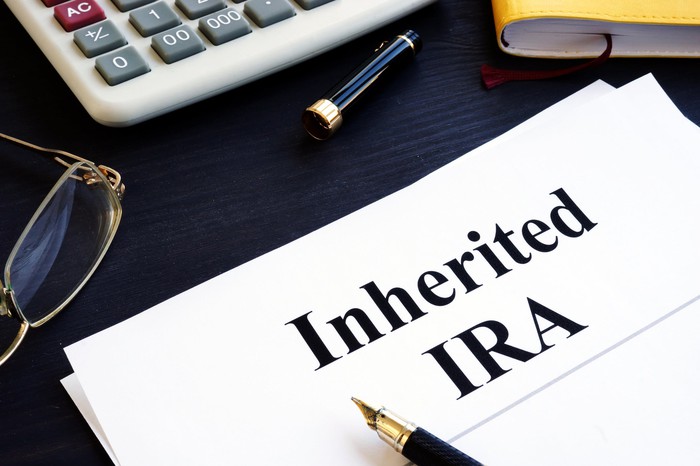For example, suppose you're 45 years old, and you're calculating your first RMD on an IRA with a balance of $500,000. Your IRS life expectancy factor is 41, according to the IRS. So you'd divide $500,000 by 41 to get $12,195, which would be the amount of your first inherited IRA RMD.
In subsequent years, the calculation is the same, but the factor will change. If you are a surviving spouse, you'd continue using the life expectancy factor associated with your age. If you're a non-spouse beneficiary who's eligible for life expectancy payments, you'd reduce the life expectancy factor in each year by one.


